Data accumulated about customers, products, and website users can not only help interpret the past, it can help predict the future! Probabilistic programming is a programming paradigm in which code models are used to draw probabilistic inferences from data. By applying specialized algorithms, programs assign degrees of probability to conclusions and make it possible to forecast future events like sales trends, computer system failures, experimental outcomes, and other critical concerns.
Practical Probabilistic Programming explains how to use the PP paradigm to model application domains and express those probabilistic models in code. It shows how to use the Figaro language to build a spam filter and apply Bayesian and Markov networks to diagnose computer system data problems and recover digital images. Then it dives into the world of probabilistic inference, where algorithms help turn the extended prediction of social media usage into a science. The book covers functional-style programming for text analysis and using object-oriented models to predict social phenomena like the spread of tweets, and using open universe models to model real-life social media usage. It also teaches the principles of algorithms such as belief propagation and Markov chain Monte Carlo. The book closes out with modeling dynamic systems by using a product cycle as its main example and explains how probabilistic models can help in the decision-making process for an ad campaign.
Purchase of the print book includes a free eBook in PDF, Kindle, and ePub formats from Manning Publications.

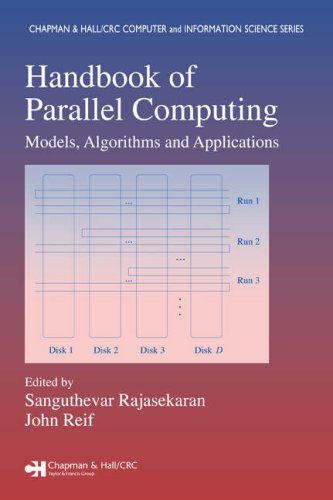
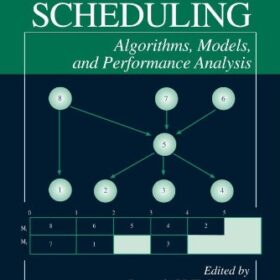
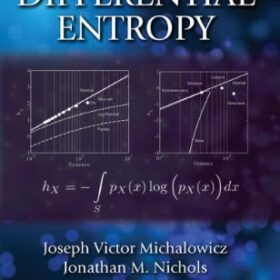
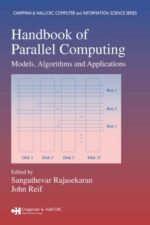
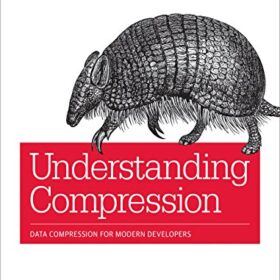
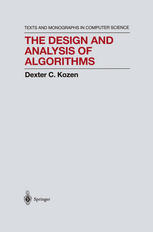
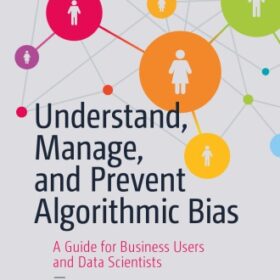
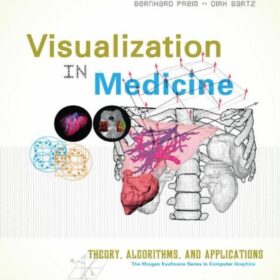
Reviews
There are no reviews yet.